The Royal Navy’s Echo Class hydrographic / oceanographic survey vessels (SVHOs) were introduced by Vosper Thornycroft. Appledore Shipbuilders constructed the ships in North Devon in a contractual agreement with Vosper Thornycroft. Two Echo Class ships are in service with the Royal Navy.
Two Echo Class survey ships, Echo and Enterprise, were ordered by the UK Ministry of Defence (MoD) under a logistics support contractor scheme. As per the agreement, Vosper Thornycroft is to provide maintenance services for both the ships throughout their intended 25-year service life.
The first ship in the class, HMS Echo (H87), was launched in March 2002. It entered into service in October 2002 for commissioning in March 2003. HMS Echo is the ninth ship in the Royal Navy to carry the name. The second vessel, HMS Enterprise (H88), was launched in April 2002. It was officially named in May 2002 and commissioned in October 2003.
The Royal Navy has a rich heritage of hydrography and marine surveying that stretches back to the 17th century.
HMS Echo was deployed in the Persian Gulf during 2004-2005. The ship returned to the UK from an 18-month Far East deployment in September 2009. Following the completion of six months of extensive maintenance work, the vessel returned to sea in March 2010. The vessel left for an 18-month deployment, from June 2013, to update charts of the Mediterranean, Red Sea and Indian Ocean but was redeployed in the search operation for the Malaysia Airlines Flight 370 which went missing on 8 March 2014.
The maiden overseas deployment of the HMS Enterprise was to the Mediterranean in October 2004. In June 2009, the ship was deployed to conduct survey operations for two years in West Africa and Mediterranean.
Echo Class design features
The Echo Class survey vessels were designed by STX Marine. Developed to conduct military oceanographic and data-gathering studies, the vessels are equipped with multibeam sonar. Echo is the first Royal Navy ship to be equipped with azimuth thrusters. A joystick controls the azimuth thrusters and the bow thruster through an integrated navigation system. The integrated platform management system (IPMS) controls and monitors major ship systems and machinery.
The Echo Class vessels are equipped with thermographic imaging technology to detect faults in the operational ship systems. The technology uses a sophisticated camera integrated with an infrared focal plane array. Echo Class is also equipped with a Survey Motor Boat (SMB) Pathfinder.
The ship has an overall length of 90.6m and a beam of 16.8m, and the displacement is 3,740t. It can sail at a maximum speed of 15kt and has a maximum range of 9,300nm at 12kt.
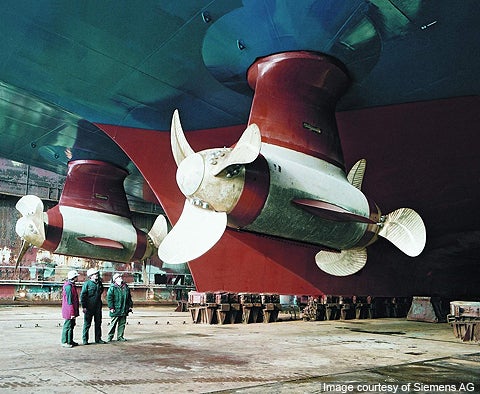
Missions
The vessels feature multirole capabilities to collect a range of military hydrographic and oceanographic data, and support mine warfare and amphibious operations. The vessels perform surveys to complement the submarines or amphibious operations. Echo Class vessels can provide real-time environmental information and act as a mine countermeasure tasking authority platform.
Sonar suite
The vessel is fitted with a modern multibeam sonar suite. The system provides multi and single-beam-derived depth data. The Ice Class survey suite includes a hull mounted multibeam sonar, towed side scan sonar, towed rolling sensors, planning and processing systems, and motor launch system.
Armament
Echo Class vessels are armed with four general-purpose machine guns, two mini guns and a GAMBO 20mm cannon.
and HMS Enterprise.”
Echo Class accommodation
The ship provides standard accommodation for a total of 72 crew, with 48 on board at any one time. It can also accommodate 81 personnel in emergency conditions. The accommodation and recreational facilities are designed to provide a high degree of comfort. Each cabin can accommodate two crew members but there are two single cabins for the captain and executive officer.
Propulsion
HMS Echo and HMS Enterprise are the first RN ships to boast omnidirectional podded electrical propulsion. The system provides a high degree of manoeuvrability and station keeping capabilities, and improves the efficiency of the vessel.
The propulsion system is diesel electric. Three main diesel generators provide a total power out put of 5.4MW. There are two 1.7MW azimuth thrusters and a 0.4MW bow thruster fitted on the vessel. The propulsion system provides a maximum speed of 15kt.

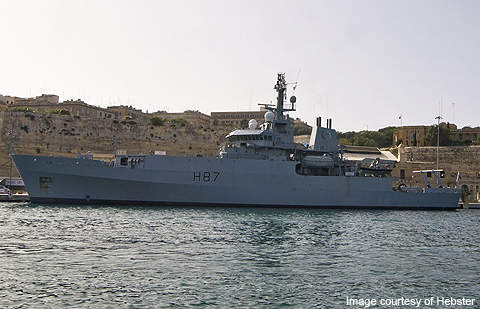
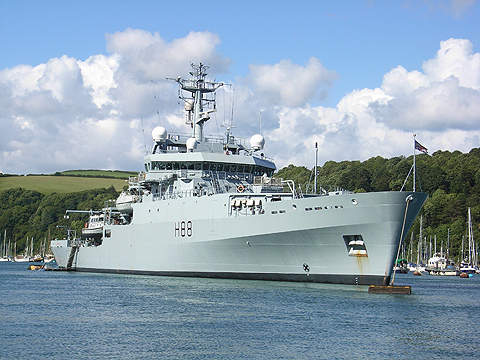
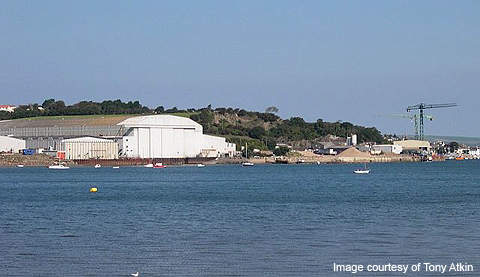
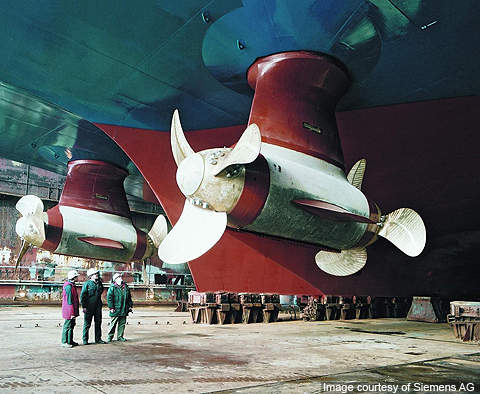


.gif)




